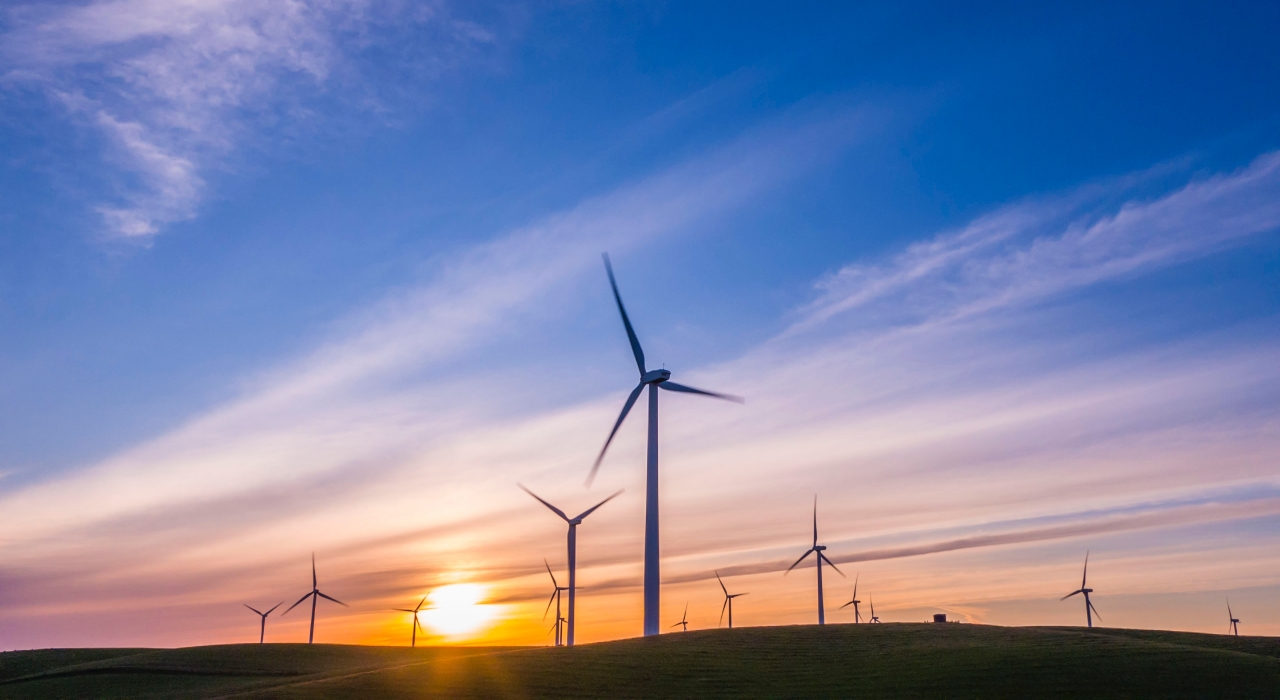Climate change will alter the world as we know it, exacerbating already existing threats while also bringing new risks and unforeseen opportunities. The impacts of climate change will materialise differently in different corners of the world. More vulnerable areas in the southern hemisphere will bear the brunt of the adverse impacts, while affluent countries in the North are projected to experience less devastating impacts and be better able to cope. This way of thinking has lured many developed countries into a sense of false security, exacerbated by national climate assessments showing how the effects of climate change are likely to be important but relatively moderate, and well within the adaptive capacity of the country.
But this vision of security is shattered as soon as the perspective is broadened beyond national borders, and the risk of cascading and cross-border impacts of climate change are taken into account. In a world characterised by globalisation, international trade, and relatively free movement of people, impacts of climate change traverse political, economic and social borders, unexpectedly emerging in new forms in places geographically and temporally distant from the original impact. Let’s take a closer look at this phenomenon from a Nordic energy transition perspective utilising a systems thinking approach.
Applying systems thinking to the energy transition
The Nordic countries all have very ambitious plans for transitioning towards a low-carbon economy, whereby greenhouse gas emissions are substantially reduced while carbon sinks, such as forests, are increased. As the majority of greenhouse gas emissions stem from the combustion of fossil fuels, switching to low-carbon energy sources is the fastest and easiest means by which these plans are to be fulfilled. Consequently, increasing the share of energy produced from wind, solar, hydro, biomass and to a lesser extent geothermal and nuclear, are being promoted and incentivised throughout the Nordics. At a first glance, it may seem obvious that energy from renewable and low-carbon sources will be produced domestically, utilising whichever source is most abundant at a given location. If so, also climate risk management and adaptation strategies concerning energy production can safely be confined to only consider domestic impacts of climate change. It is here, however, that systems thinking comes into play.
Systems thinking emphasises the fact that only by acknowledging all the interconnections and patterns within a system, its complexity and dynamic nature is revealed. And only by comprehending the complexity of the system, can lasting solutions to problems be found. The energy sector is an inherently complex and dynamic system-of-systems, characterised by regional and global networks of infrastructure and supply chains. The complexity stems from the heterogeneity of and interdependence between the different components of the system, and the deep uncertainty related to its future state. The components of the system consist of various operations and actors that are shaped by different policies, regulatory frameworks and institutions, as well as market rules and regulations. The system is further embedded in and influenced by the natural and human environment of which it is a part.
A low-carbon energy system is no less complex and globally intertwined than a fossil fuel-based one. The Nordics are not the only countries transitioning towards carbon neutrality, the rest of the world is following suit, albeit with varying ambition and success. This means that the energy systems of the Nordics will inevitably be part of a global low-carbon energy market. For instance, low-carbon energy technology and the rare earth materials (such as dysprosium, neodymium, terbium, europium and yttrium) that it depends on are globally traded commodities. The demand and supply centres for bioenergy feedstock and products, such as wood pellets, bioethanol, and biodiesel, are not geographically aligned, which has led to the development of a complex trade network that spans the globe. Additionally, indirect trade in energy (i.e. trade in commodities that eventually end up in energy production) is usually completely neglected when assessing the self-sufficiency rate of energy production. However, e.g. Finland becomes a net importer of bioenergy when indirect trade in biomass is accounted for. Furthermore, the development of a common European electricity market will result in build-outs of electricity grids between the Nordics and the rest of Europe, resulting in increasing quantities of electricity being traded across borders.
Cross-border and cascading impacts of climate change
Within complex and interconnected systems, climate change impacts tend to cascade through the system, paying no regard to national borders. For instance, wildfires in the US may destroy bioenergy crop harvests, increasing storm activity may damage European electricity transmission grids, coastal flooding of Asian ports may impede transportation of rare earth materials, while adverse impacts on human health and vulnerability may reduce working ability throughout the supply chain. These impacts are subsequently felt in the Nordics as supply shortages, price fluctuations or electricity black-outs. Climate change impacts are further amplified or diminished by social, institutional, political and behavioural factors that affect the perception of the impact, the subsequent responses, and the vulnerability and resilience of the energy system. For instance, policy responses to climate change affect both the behaviour of individuals and households, as well as the decisions and actions of companies. While policies, when designed and implemented correctly, tend to be beneficial for renewable energy deployment, inconsistent and poorly designed policies have the opposite effect, hindering the expansion and utilisation of renewable energy. Politics, in turn, is influenced by social and human factors, such as changes in attitudes, behaviours and perceptions: For policies to go through, a reasonable level of public support is usually required.
As is evident from this short reflection, the energy transition is and will be affected by global energy markets and supply networks, international politics, and human behaviour and perceptions. These, in turn, are affected by climate change impacts that cascade through the supply network, across national borders, reaching all the way to the low-carbon energy sectors in the Nordic countries. It is thus imperative to look beyond the direct impacts of a changing Nordic climate, to impacts stemming from changes happening elsewhere, in order to identify and adapt to potential impacts that may have profound effects on the Nordic low-carbon energy transition.
Fanny Groundstroem
Fanny Groundstroem is a PhD student at the Urban Environmental Research Group, DENVI doctoral programme, based in Viikki. Her research focuses on risks from and adaptation to cross-border impacts of climate change within the global energy system, with emphasis on the Nordic low-carbon energy transition. She utilises a systems thinking approach in order to holistically include aspects from economic, political, social, technological and ecological domains across space and time.
Further reading
Benzie, M. et al. (2019) Cross-border climate change impacts: Implications for the European Union. Regional Environmental Change 19, 763–776.
Groundstroem, F. and S. Juhola (2018) A framework for identifying cross-border impacts of climate change on the energy sector. Environment Systems and Decisions 39, 3-15.
Scholten, D. et al. (2020) The geopolitics of renewables: New board, new game. Energy Policy 138, 111059.
Williams, A. et al. (2017) Systems thinking: A review of sustainability management research. Journal of Cleaner Production 148, 866-881.


very clear and good article easy to understand. Thank you